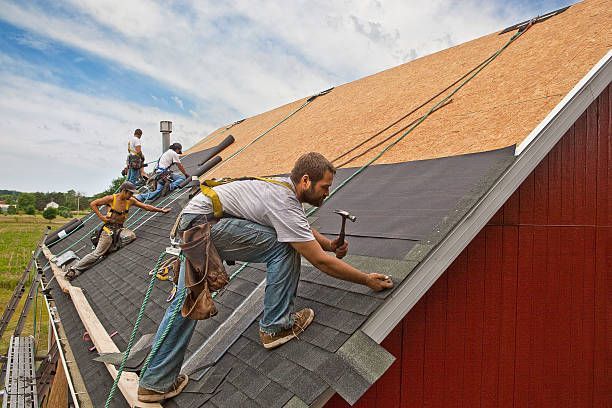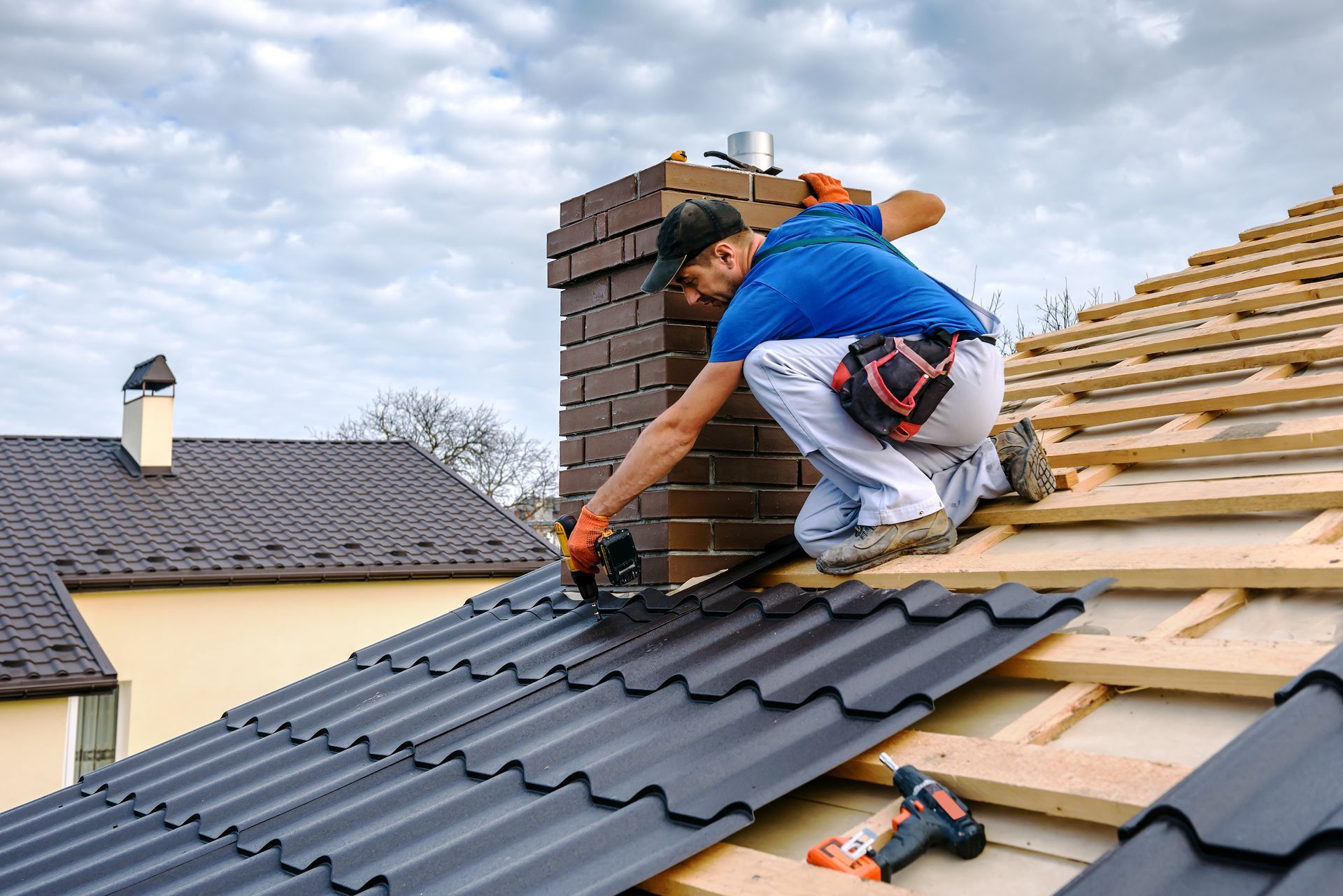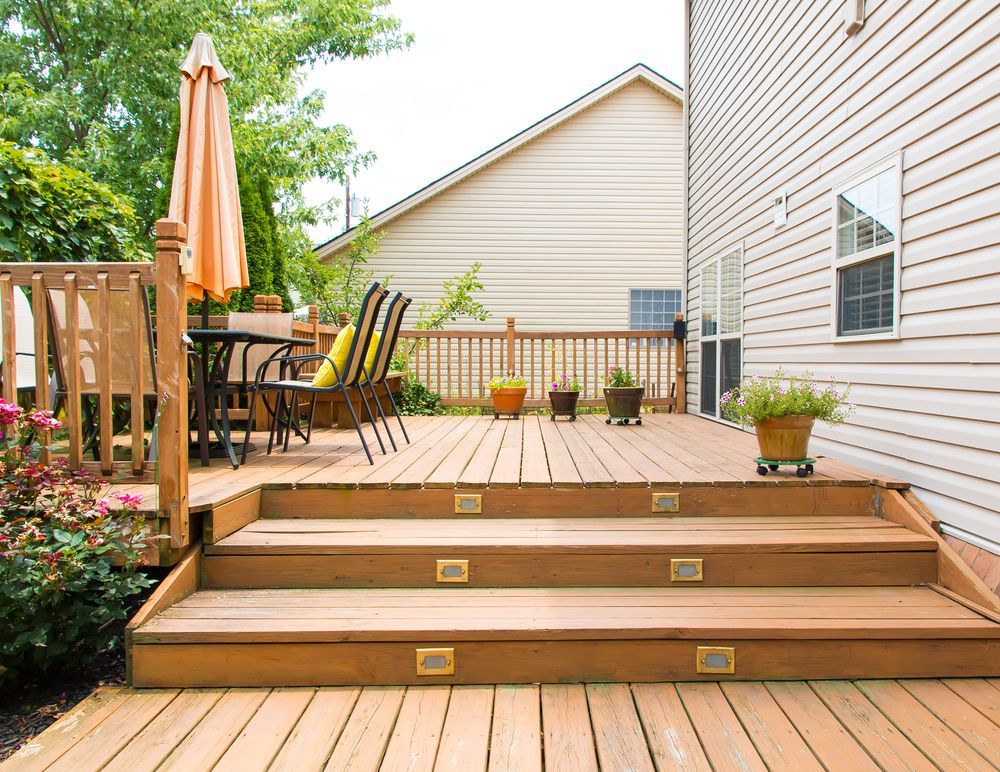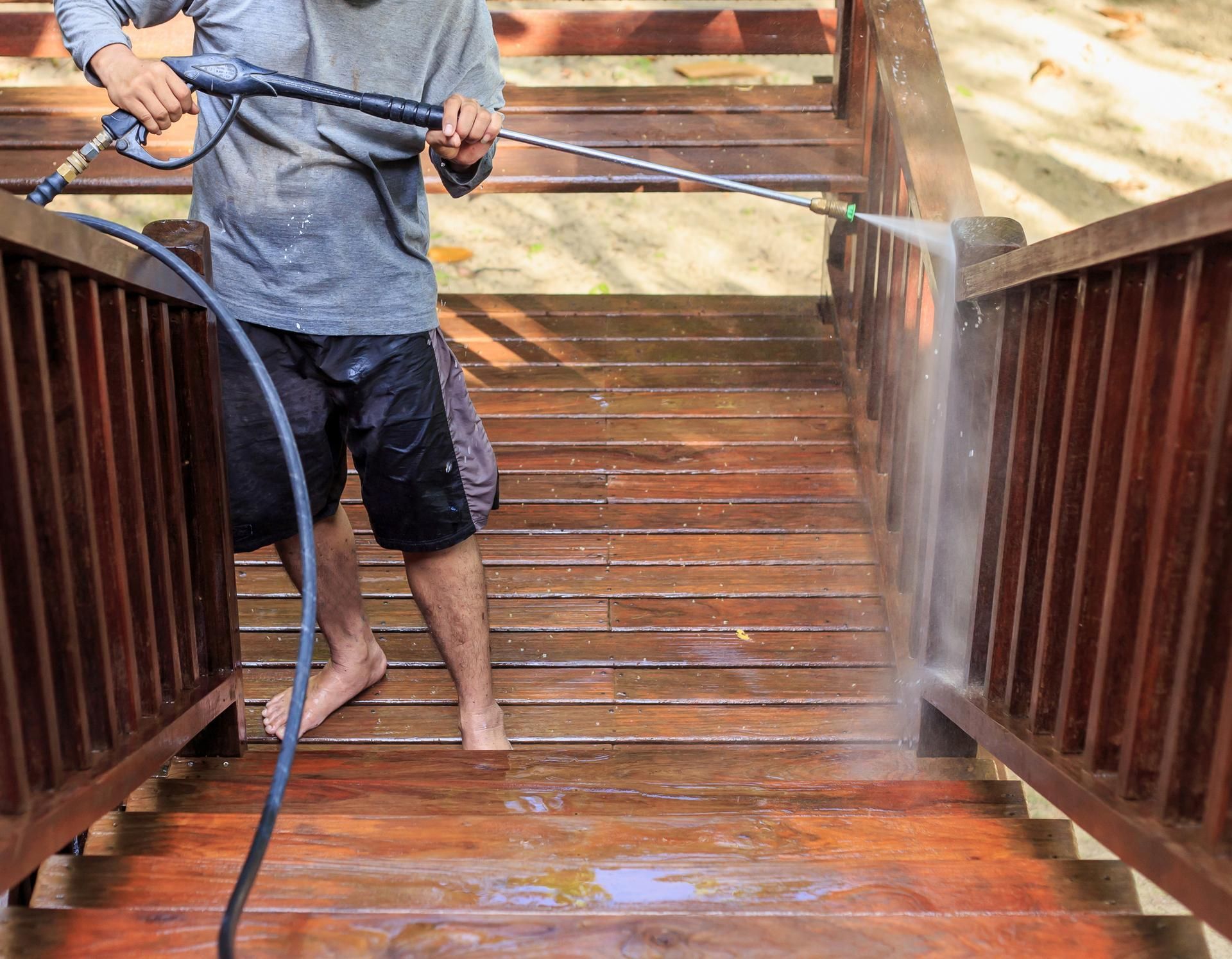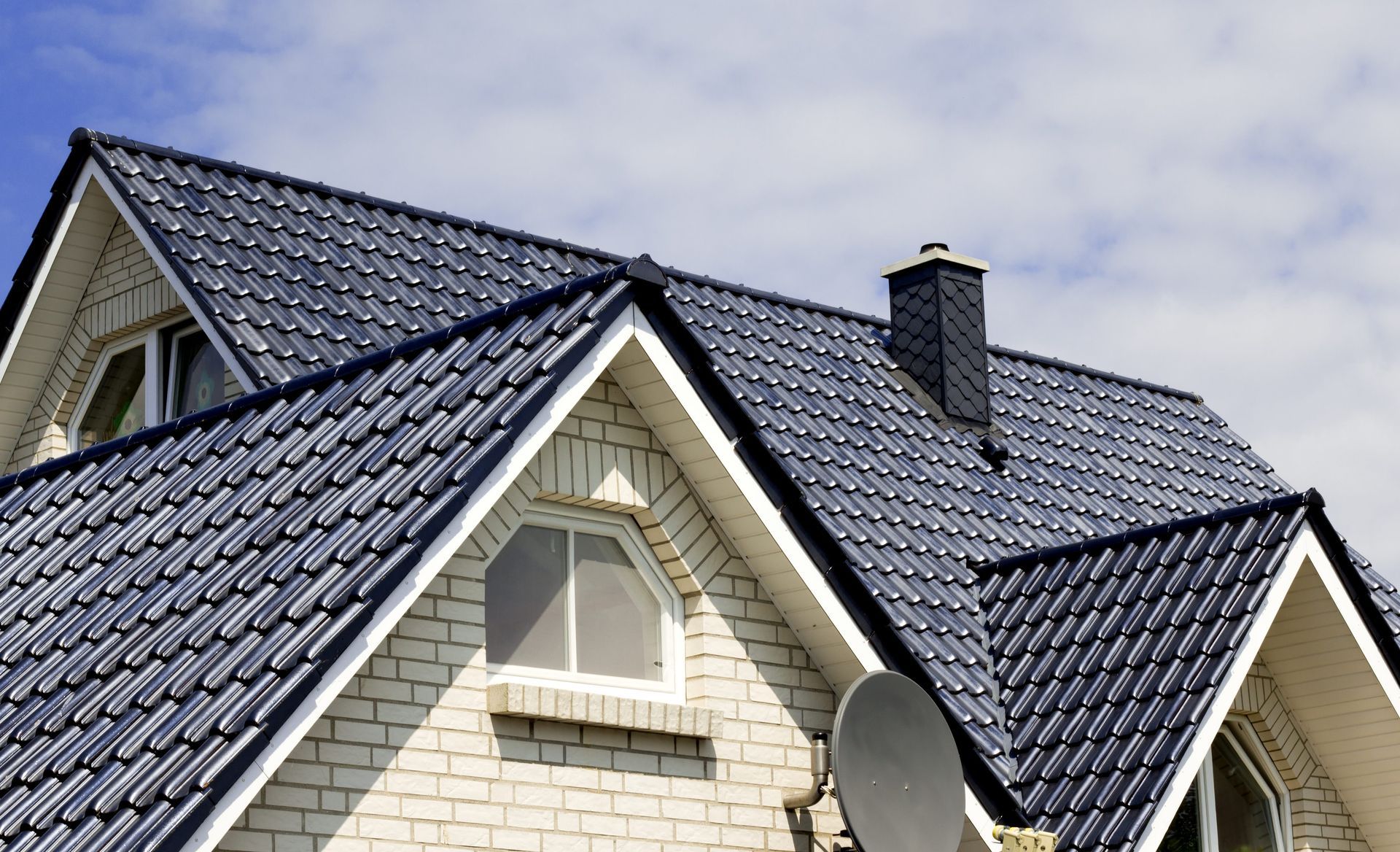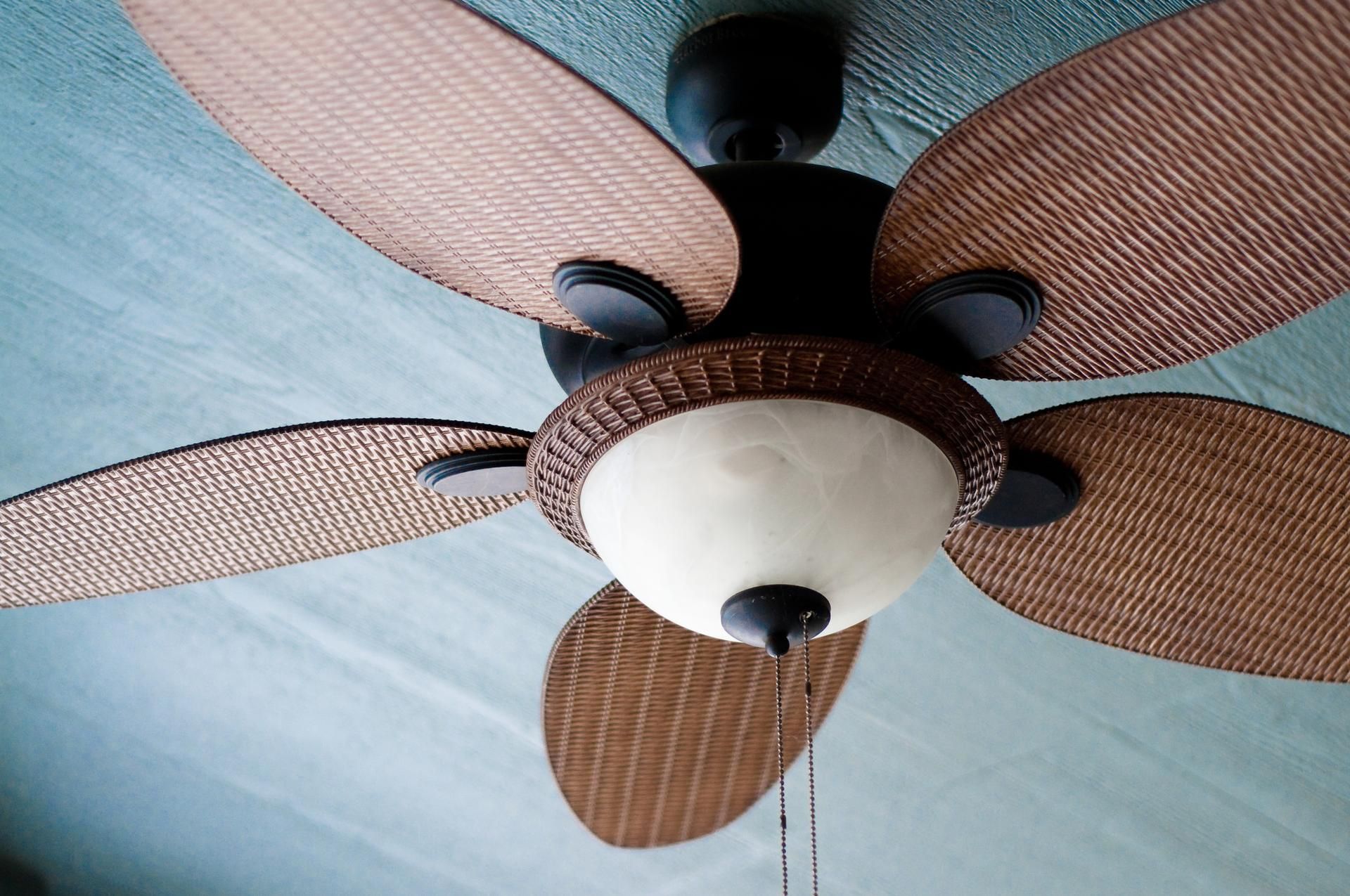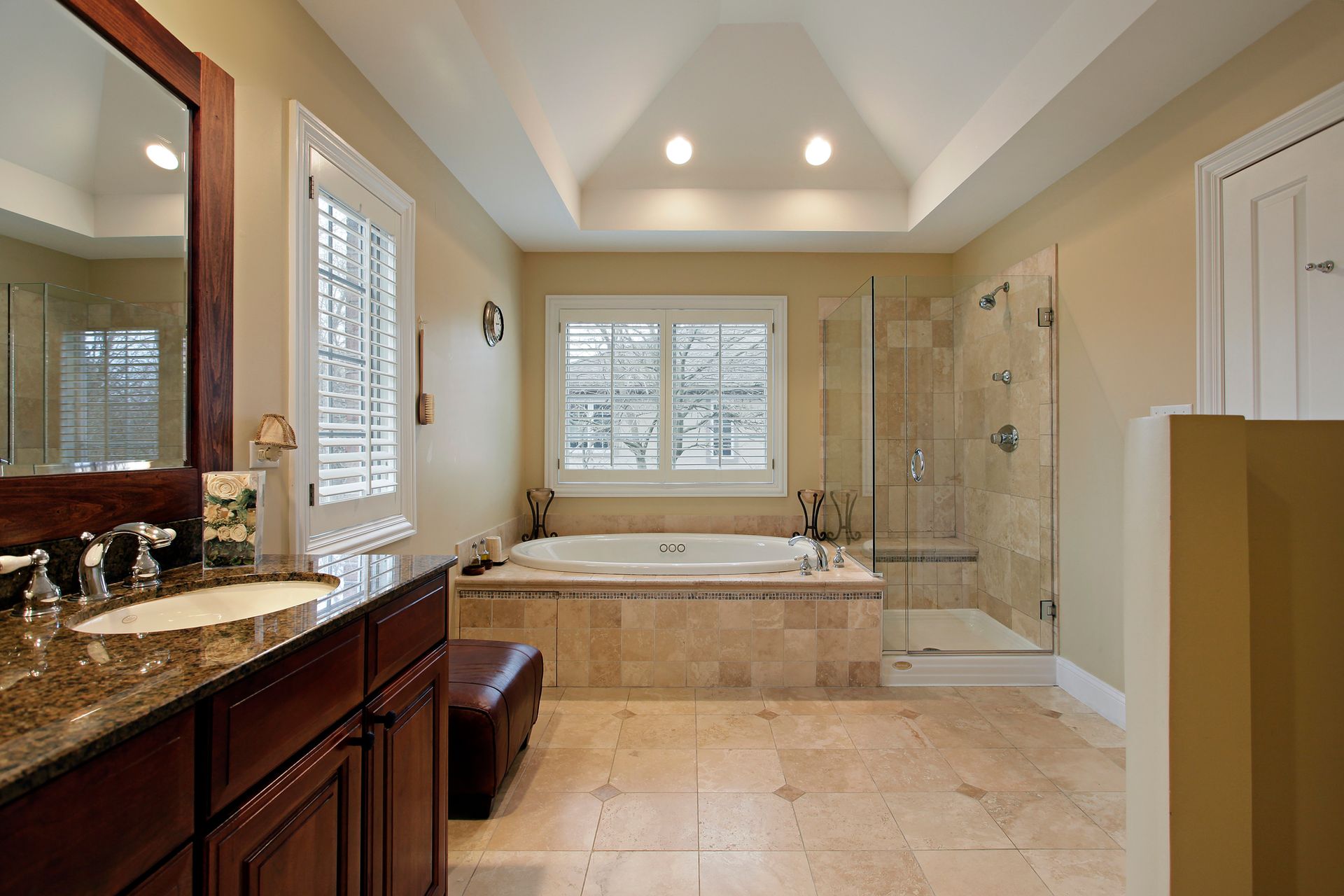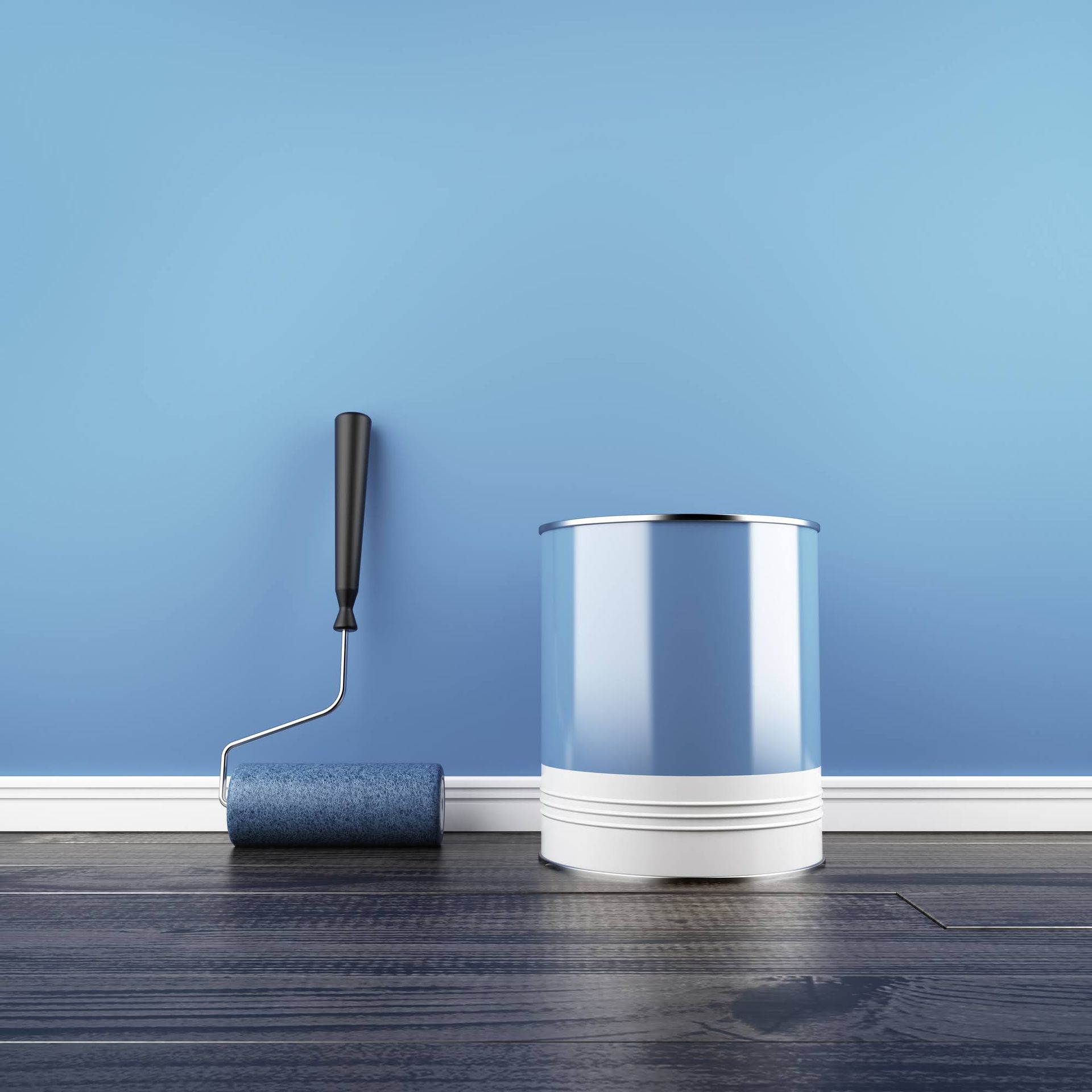Plumbing Fixture Remodeling Tips for Safely Aging in Place

When you consider an elderly loved one aging in place, you probably think about the accessibility of the kitchen, the elimination of trip hazards, and the addition of safety features for the door to reduce the risk of wandering. You may not think about the importance of adjustments to the home's plumbing. Here are some changes that you should consider for the plumbing infrastructure to ensure safety for an older family member.
Anti-Scald Safety Features
One of the most common hazards that the elderly face is the risk of scalds or burns from excessively hot water. Protect your loved ones by talking with a plumber about installing a scald-prevention device on the hot water line. Devices like this provide temperature regulation to reduce the risk of scalding or burns as a result of inattention or memory issues.
You should also have a plumber check the temperature of the hot water tank. Keep the water heater's thermostat set to the lowest safe temperature to protect against injury. When you regulate the water heater temperature and keep the thermostat secure, you will have peace of mind that your loved one is safe.
Easy Water Fixture Controls
Arthritis, mobility challenges, and similar fine motor skills issues can affect an elderly family member's ability to easily turn faucets on and off. Reduce the challenges and improve their independence by replacing knob-style fixtures with lever-style fixtures instead. The levers require less manual dexterity and minimal fine motor skills, making it easier for the elderly to use those fixtures.
Motion-sensor controls and smart home faucets are beneficial in these cases as well. With technology evolving rapidly, there are more faucet and fixture solutions for those with mobility challenges to help improve safety and independence.
Accessible Toilet Fixtures
Using the restroom can be a challenge for elderly individuals with mobility struggles. Low-rise toilets are difficult to sit on and stand up from, especially with joint problems, knee pain, and arthritis. Install accessible toilets in the restrooms to reduce mobility challenges. Accessible toilets sit higher up from the ground, which makes them easier to use.
Consider adding a bidet to the toilet fixture as well. Bidets are easier for maintaining personal hygiene. Hygiene is an important consideration for elderly loved ones since cleanliness can be challenging to keep up with as they age.
Mobility Accommodations in the Shower
Bathtub-style showers are a challenge for those with mobility issues. Trying to safely step over the edge of the tub, especially with wet feet, can create a slip-and-fall hazard. If your loved one is unable to easily stand for the duration of their shower, it becomes even more complicated. Some older adults delay showers as a result, which can lead to other complications.
Your remodeling contractor can help you replace your standard shower enclosure with a unit that focuses on mobility accommodations. The shower enclosure you need features a door that seals so it opens completely to the floor with no tall edge to step over.
In addition, it should include a shower bench and adjustable shower heads with varying sprays and easy temperature controls. These features will make it easier for a loved one to shower independently for as long as possible because the shower will adapt to their needs.
Remodeling a home to adapt to aging in place brings new challenges that you may not have prepared for. While you probably already thought about simplifying cooking tasks and eliminating trip hazards between rooms, these are a few areas that get frequently overlooked despite the fact that they can make a significant difference. Contact us at Maynor Roofing, Siding, & Home Repair Co. to see how we can help you remodel your property for aging in place.


